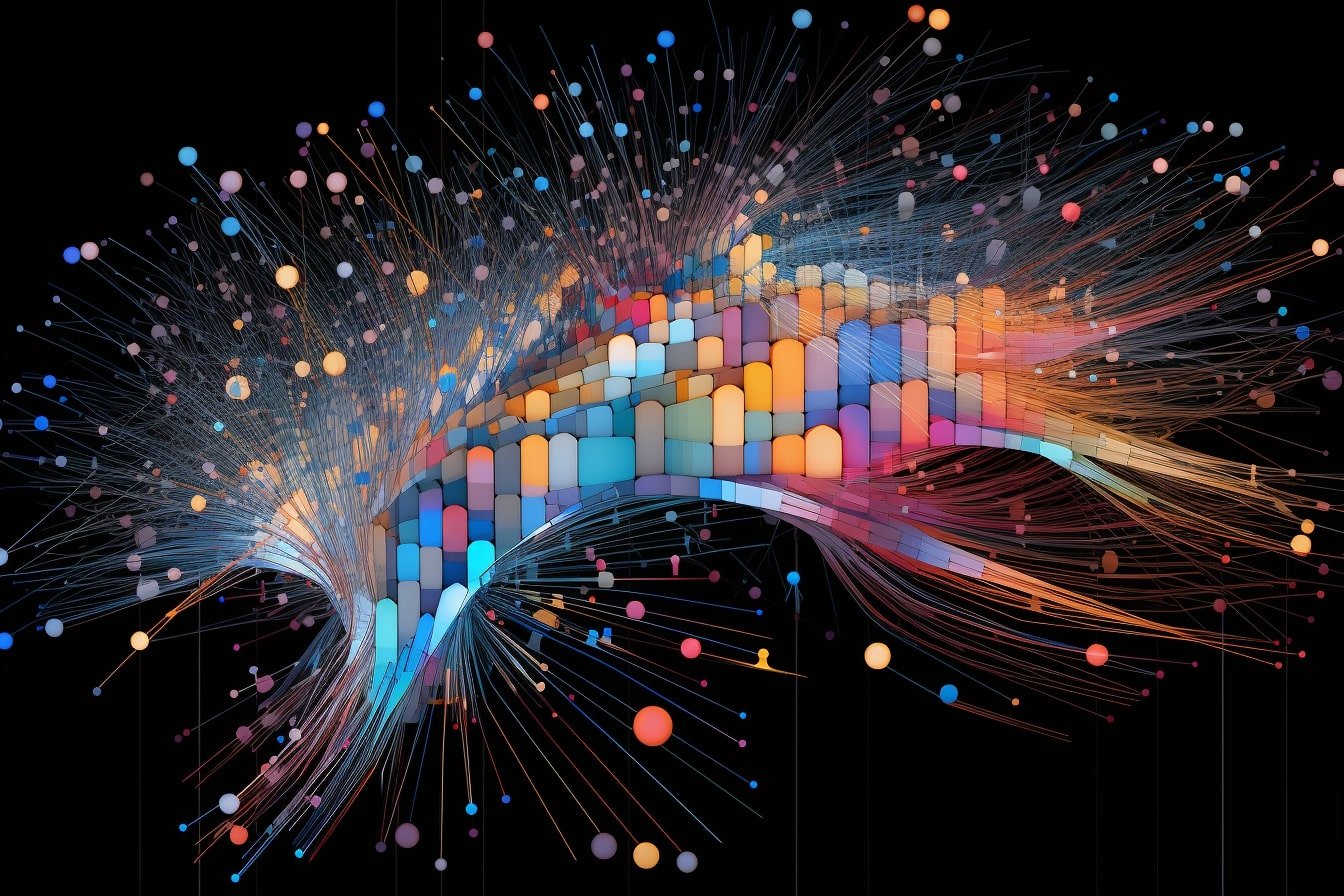Summary: Researchers have developed an innovative technique that simplifies the visualization of brain activity patterns during daily experiences. This method utilizes state-space analysis, a method that disentangles complex, mixed neuronal activity into separate components, creating more straightforward visualizations.
Unlike previous procedures requiring extensive mathematical skills and complex programming, this new method relies only on commonly used statistical software. By facilitating analysis, this breakthrough may reveal hidden mechanisms of information processing in the brain, paving the way for further discoveries.
Key Facts:
- The new technique visualizes brain activity using basic statistical analysis software, making it accessible to a broader range of researchers.
- The method can disentangle complex neuronal activities into distinct components, providing a detailed view of brain processes during daily tasks.
- The technology has been validated using neural data obtained from monkeys and could uncover new mechanisms of information processing in the brain.
Source: University of Tsukuba
In our routines from waking up to commute, work, and leisure, neurons are active and processing complex matters.
This research aimed to comprehend the complexities of the brain by developing a mathematical analysis that can facilely visualize the neuron activities in various aspects of our daily experiences.

By simplifying the complex mathematical procedures required earlier, we improved the technique to visualize neuronal activity using commonly available statistical analysis software.
The analysis employs state-space analysis, a technique that disentangles the mixed neuronal activity corresponding to different components in the brain. It identifies the crucial components within the observed activity data for multiple neural activities.
Since the brain activity constantly changes in response to various behavioral situations, continuously monitoring its variations is critical in this process.
Although various methods have been developed based on this technique, all demand advanced mathematical skills and programming techniques from the users.
In this study, the researchers aimed to realize an analysis process with minimal or no programming.
Consequently, the activity changes with only two statistical processes could be visualized using general statistical analysis software.
The visualized activity is depicted as circles, lines, points, and other figures (trajectories), representing the dynamic states in which the information is processed by the brain from moment to moment (drawing a circle or a curve) or the state in which the brain continues to process the same subject (stationary and constant).
This visualization enables us to read the changes in neuronal activity occurring in short time periods (less than one second), reflecting a series of cognitive behaviors such as remembering the location of an office or recollecting a memory after leaving home.
In developing this technology, the researchers verified its validity by comparing it with conventional methods using neural data obtained from monkeys by several research teams.
With the newly developed analysis technique, anyone can easily analyze various types of neural activity data. Thus, this technology is expected to uncover novel mechanisms of information processing within the brain, opening doors to new discoveries.
Funding: This research was supported by Japan Society for the Promotion of Science KAKENHI (Grant JP 22H04832), the Research Foundation for the Electrotechnology of Chubu, Japan Science and Technology Administration Moonshot R&D Grant JPMJMS2294 (H.Y.) and JPMJMS2295 (T.M.), and the National Natural Science Foundation of China (Grant 31871139; Y.N.).
About this math modeling and neuroscience research news
Author: KAMOSHITA Kimio
Source: University of Tsukuba
Contact: KAMOSHITA Kimio – University of Tsukuba
Image: The image is credited to Neuroscience News
Original Research: Open access.
“Stable neural population dynamics in the regression subspace for continuous and categorical task parameters in monkeys” by YAMADA, Hiroshi et al. eNeuro
Abstract
Stable neural population dynamics in the regression subspace for continuous and categorical task parameters in monkeys
Neural population dynamics provide a key computational framework for understanding information processing in the sensory, cognitive, and motor functions of the brain. They systematically depict complex neural population activity, dominated by strong temporal dynamics as trajectory geometry in a low-dimensional neural space.
However, neural population dynamics are poorly related to the conventional analytical framework of single-neuron activity, the rate-coding regime that analyzes firing rate modulations using task parameters.
To link the rate-coding and dynamic models, we developed a variant of state-space analysis in the regression subspace, which describes the temporal structures of neural modulations using continuous and categorical task parameters.
In macaque monkeys, using two neural population datasets containing either of two standard task parameters, continuous and categorical, we revealed that neural modulation structures are reliably captured by these task parameters in the regression subspace as trajectory geometry in a lower dimension.
Furthermore, we combined the classical optimal-stimulus response analysis (usually used in rate-coding analysis) with the dynamic model and found that the most prominent modulation dynamics in the lower dimension were derived from these optimal responses.
Using those analyses, we successfully extracted geometries for both task parameters that formed a straight geometry, suggesting that their functional relevance is characterized as a unidimensional feature in their neural modulation dynamics.
Collectively, our approach bridges neural modulation in the rate-coding model and the dynamic system, and provides researchers with a significant advantage in exploring the temporal structure of neural modulations for pre-existing datasets.






